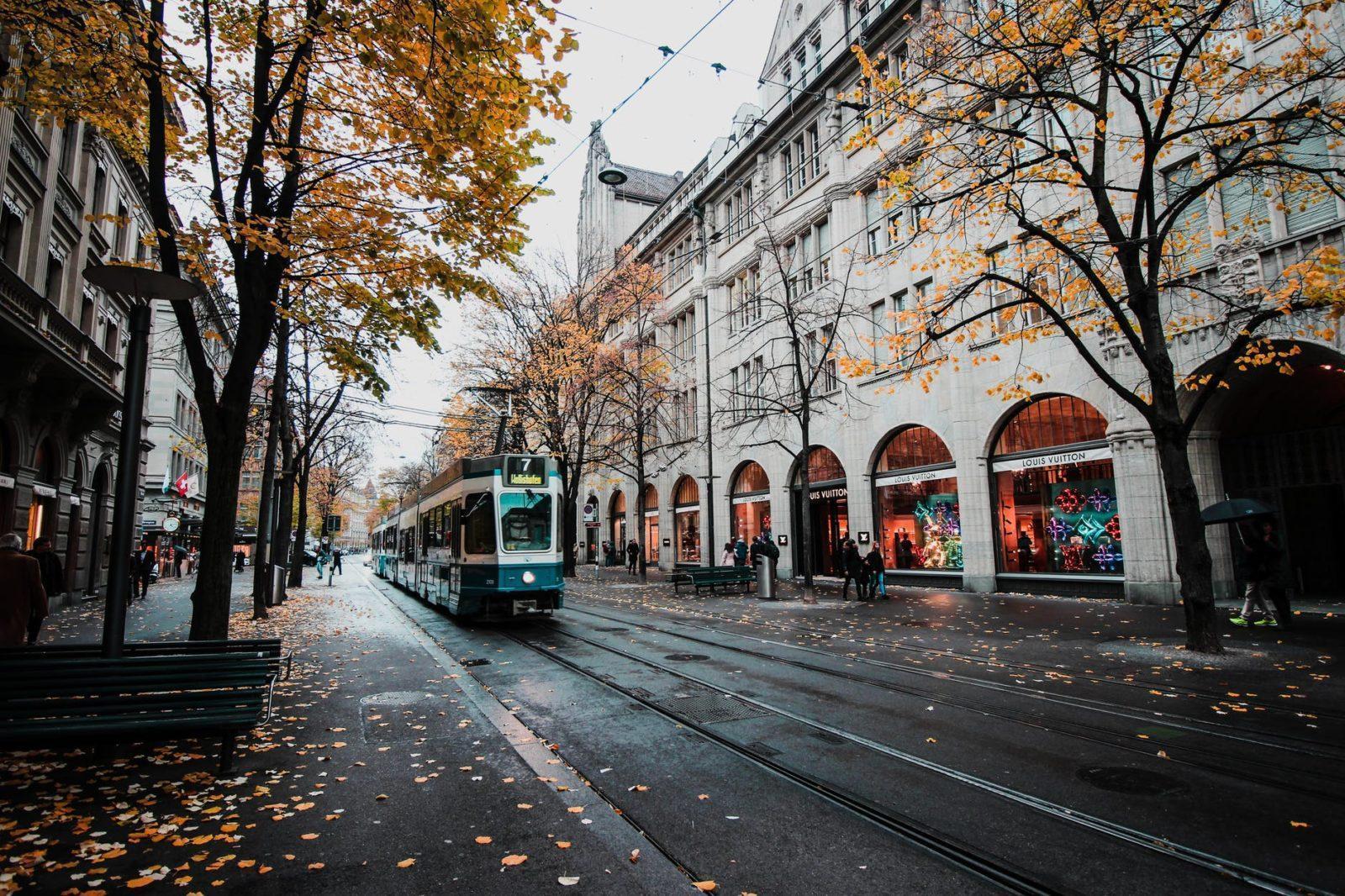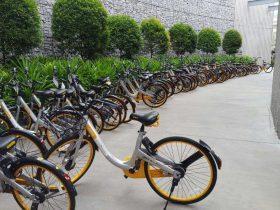By Sayan Roy
Cities now caution people to not to use any public or shared mode of transport
The novel coronavirus disease (COVID-19) pandemic has shaken the world economy, reducing it to a complete standstill: Transportation services and industries are on hold, with social distancing a new norm in societies.
This has been pushing cities across the world to re-invent and re-plane mobility strategies.
Public transit services suffer the most in this time. City authorities in India have suspended public transport, with some — including the Bangalore Metropolitan Transport Corporation, Brihanmumbai Electricity Supply and Transport in Mumbai; Capital Region Urban Transport in Bhubaneswar — providing limited services for emergency workers.
Almost all cities — not all have taken extreme measures — cautioned people to not to use any public or shared mode of transport, including cab services, public / rental e-scooters and bicycles, to keep a ‘safe distance’ of one to two metres as a measure to enforce social distancing.
A diseased bus passenger infected fellow commuters 4.5 metres away, said a Chinese researcher in January 2020, seriously questioning the definition of safe distance advised by health authorities around the world.
The pandemic has led to a massive decline in transit ridership across the world.
Recent Google mobility data suggests downward changes are as high as 80 per cent in Italy and France, compared to the normal situation in these countries.
Changes in visits at transit station areas in different countries

Source: Google Mobility Data (from February 15, 2020 to April 11, 2020)
The sharp declines in France and India are primarily due to the lockdown that was imposed in the countries on March 17 and March 23, respectively. It is, however, difficult to point out the actual loss or how deep the dent is, as people in every region are either staying at home or working from home.
How cities can re-invent public transit
The bigger question is how the pandemic will impact public transit in the long run. Can transit agencies convince their commuters to continue with existing systems in a post-COVID-19 world?
Previous experience with tackling similar epidemics — including the Severe Acute Respiratory Syndrome in 2003 and Middle East Respiratory Syndrome in 2012 — provide some confidence in bringing everything back to normalcy.
The extent and severity of the COVID-19 pandemic are unprecedented and cities need to prepare for a long battle.
Transit operators in different parts of the globe are adopting different strategies to tackle this situation as an immediate measure to protect their staff — particularly drivers and conductors — and passengers. Many bus operators close front doors and separate bus drivers from the boarded passengers.
Transit authorities in Switzerland, for instance, created a temporary barrier within buses using plastic tapes or other means, to separate bus drivers — as well as conductors — from people.
Detroit in the United States has provided portable toilet facilities to its drivers. Berlin, Bejing, cities in Switzerland and Poland are promoting electronic and contactless payments in transit.
Singapore’s Land Transport Authority (LTA) has initiated campaigns and created posters and social media information informing passengers to wear a face mask while traveling, along with other details.
Almost all transit operators asked for ways to improve their cleansing mechanism. Shanghai has begun to use advanced ultaviolet light to clean their vehicles, while Hong Kong now uses robots to disinfect vehicles.
Wearing face masks and gloves — in addition to prohibiting overcrowding transit services — should be made mandatory, while encouraging people to use public transportation to commute.
City authorities are also going beyond transit management to deploy other mobility strategies, to manage overall travel demand.
Cities like Berlin in Germany, Bogota in Columbia have begun to open cycle lanes. Similarly, city authorities are identifying areas with major pedestrian footfall —railway stations, bus terminals, busy market places — to create pedestrian-friendly zones. This will allow people to move freely and at the same time help them to maintain social distancing.
Several measures are under consideration in different global cities. Segregated office timing may help to reduce peak demand and subsequently overcrowding situations.
Cities need to institutionalise this practice underway because of the pandemic. This needs an awareness campaign to promote an active mode of transport and encourage their employees to cycle or walk to office as much as possible.
Neighborhood schools may initiate a new walk-and-cycle-to-school programme, where each school may identify specific road network and request city authorities to develop walking and cycling infrastructures.
Cities should demark on-street parking areas properly to manage parking spaces, introduce dynamic parking pricing to avoid maximum gathering at peak and all the parking spaces should have provisions for freecycle parking.
This pandemic is an opportunity to replan and rethink mobility strategies in the post-pandemic period to keep traffic volume low to control pollution, congestion and exposure.
















Leave a Reply